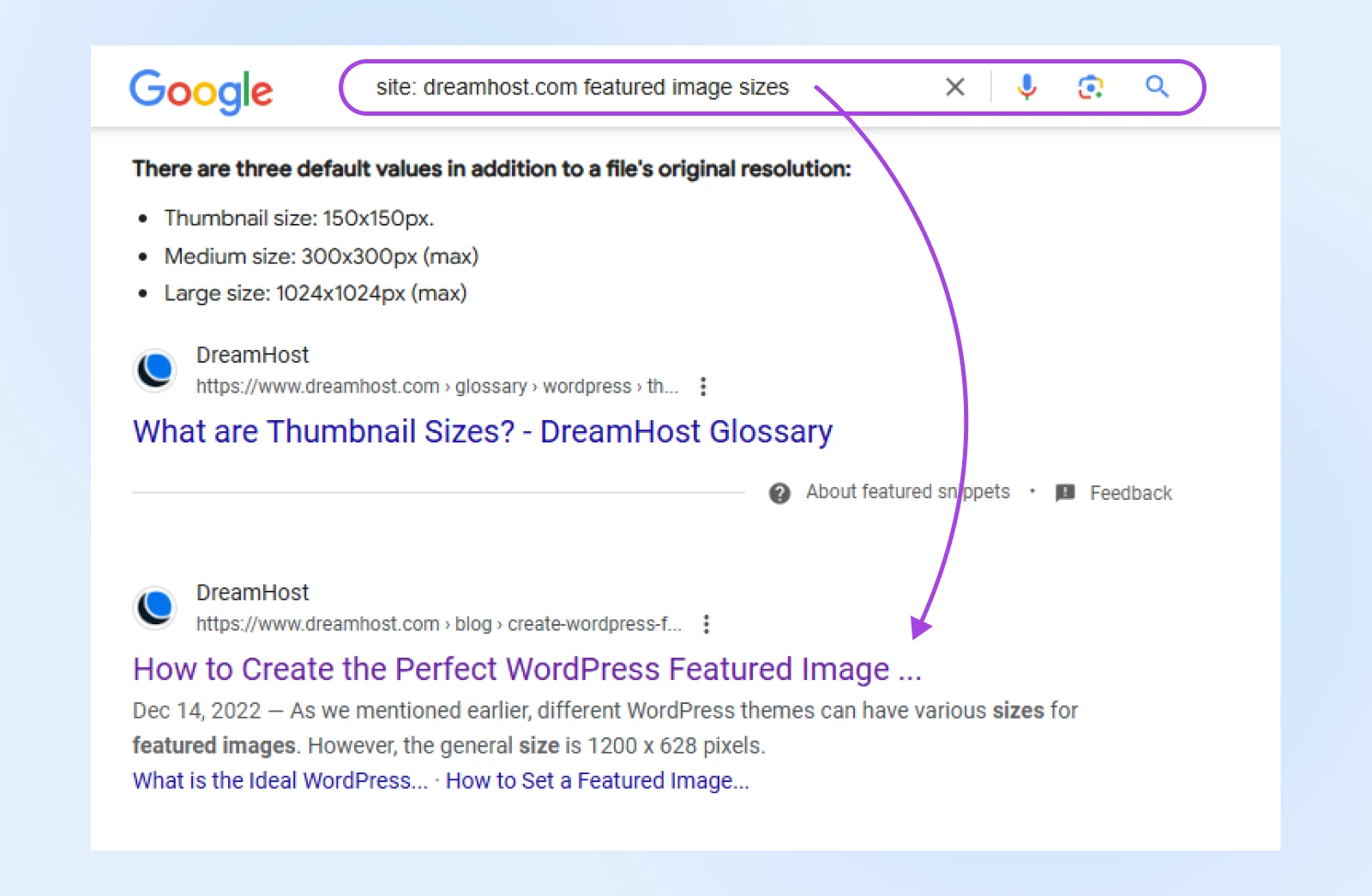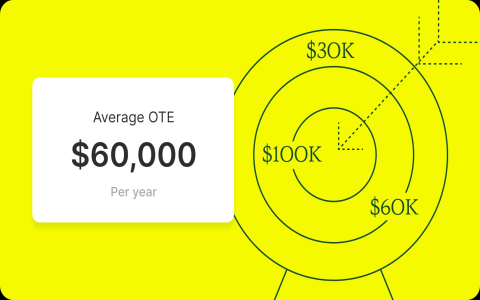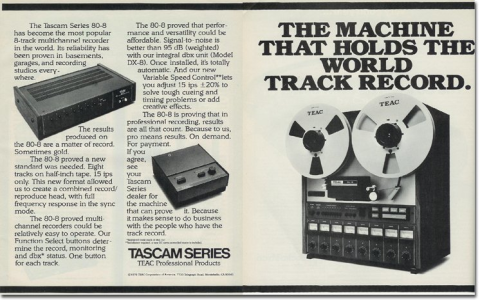Okay, here’s my attempt at writing a blog post in that style, focusing on “what does 400 mean”:
So, the other day I was messing around with this API, trying to get it to, you know, do something. I kept tweaking the request, sending it off, and BAM! I kept getting this “400” thing back. At first, I was like, “What the heck is a 400?” I mean, numbers, right? They could mean anything.
I started by, well, staring at it. Seriously. I just looked at the “400” in the response, hoping it would magically tell me what was wrong. Obviously, that didn’t work.

Next, I did what any reasonable person would do – I started changing random stuff in my request. Different parameters, different order, you name it. I was basically throwing spaghetti at the wall and seeing what stuck. Still 400. Every. Single. Time.
Okay, time to get a little more methodical. I started double-checking the API documentation. I mean, it’s there for a reason, right? I read through it, making sure I had the right endpoint, the right request type (GET, POST, whatever), and all that jazz. And… I thought I had it all correct.
Still getting that darn 400!
Then,I start to search “what does 400 mean”in Google, and see what happend.
Digging Deeper
It turns out, a “400 Bad Request” basically means I was sending garbage to the server. It’s like, the server understood that I sent a request, but it couldn’t understand what I was asking it to do. Kinda like ordering a “thingy” at a restaurant – they know you want something, but they have no clue what that “thingy” is.
- It’s a client error. Meaning, it’s my fault, not the server’s.
- It is a generic error, It might be anything.
So, armed with this new knowledge, I went back to my request. I started looking very, very carefully at each part of it. And then… I saw it. A tiny, little typo. A single character that was wrong. It was a missing comma, I fixed the typo, and sent the request again.
And… it worked! No more 400. I finally got the data I was expecting. All because of a single, misplaced character. Man, computers are picky, huh?
So, the moral of the story? If you see a 400, don’t panic. It just means you need to double, triple, quadruple-check your request. It’s probably something small, but it makes all the difference. And always, always read the documentation! You never know if a little typo will make all the difference!


